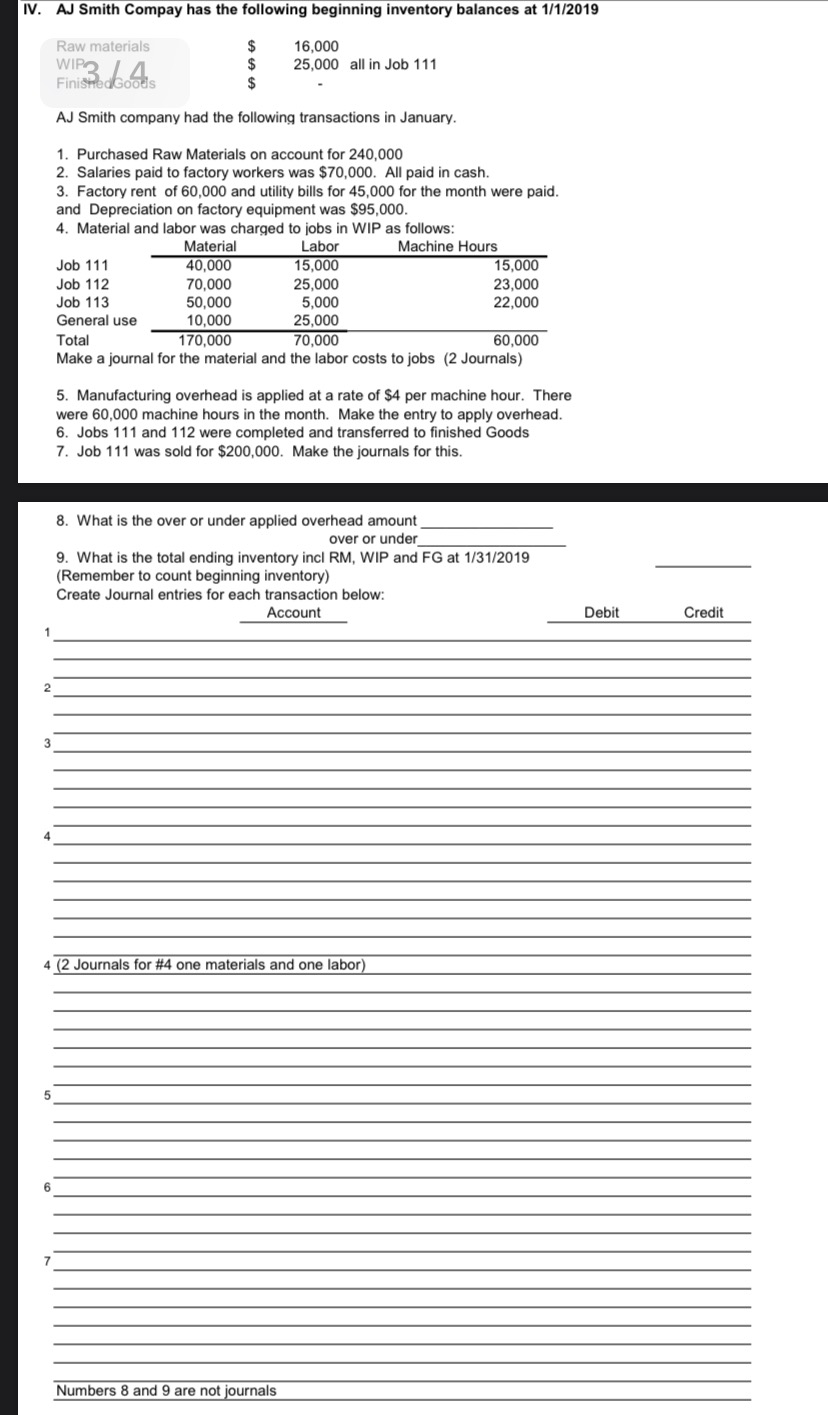Among the most important accounting concepts for contractors and construction companies to understand are the concepts of over- and under-billings and work in process (or WIP).Not accounting for over- and under-billings and WIP accurately can lead to a host of financial problems for contractors, including cash flow shortfalls and “profit fade,” or the recognition of profit too early (or late) during the job cycle. In addition to potentially wreaking havoc on your finances, these problems can also be a major red flag for sureties and lenders.
An over–under or over/under (O/U) bet is a wager in which a sportsbook will predict a number for a statistic in a given game (usually the combined score of the two teams), and bettors wager that the actual number in the game will be either higher or lower than that number. See full list on oddsshark.com. Easy guide to trading the Quasimodo pattern (Over and Under). Detailed review + Screenshots.

What Are Over- and Under-Billings and WIP?
What Is The Over And Under On Lsu Football

Most construction projects are long-term in nature, with invoicing and costs spread out over a long period of time. The challenge is to match up accounting for invoicing and costs as closely as possible to the actual construction progress that’s occurring on the project. For example, let’s say you have completed 25 percent of a construction project. Ideally, you will have billed out about 25 percent of the contracted amount at this point. For a variety of different reasons, though, it can be difficult to match up billings with the amount of work that has been completed (or work in progress).

If you have invoiced 50 percent of the contract amount at the 25 percent project completion stage, you would be 25 percent over-billed. Conversely, if you have completed 50 percent of the project but have only invoiced 25 percent of the contract amount, you would be 25 percent under-billed. The problem with either scenario is that it results in an inaccurate monthly income (or profit-and-loss) statement. If you are over-billed, your P&L will reflect too much profit; if you’re under-billed, it will reflect too little profit.
Changes in projected costs, meanwhile, can result in profit fade. For example, suppose you are working on a one-year, $1 million project with projected expenses of $800,000. During the first six month, you bill half of the project total (or $500,000) and incur half of the expenses (or $400,000), realizing half of your projected profit (or $100,000). Expenses during the next six months, however, hit $500,000, bringing total costs up to $900,000 and dropping total profit to $100,000. But this profit was already realized during the first six months, which is now over-billed, resulting in profit fade during the next six months of $50,000.
Making a WIP Adjustment
Once you know the amounts that you are over- or under-billed, the next step is to post a WIP adjustment. This will enable you to utilize the matching principal — or in other words, to match your income and expenses to the same period of time — and produce an accurate monthly P&L.
Following are the steps for posting over- and under-billings
- Make sure the contract amount and the job status are correct
- Make sure a budget has been entered
- Make sure all change orders have been posted and have the correct status
- Run the Over/Under Billings report for projects with current status with the correct posting period selected
- Post the over/under billing adjustment using the correct date and posting period Note: WIP adjustments are typically “reversed in next period”
To Learn More
What Is The Over And Under For The Super Bowl Game
There are many subtle nuances involved in contractor accounting, including the concepts of over- and under-billings and work in progress. If you have more questions about these concepts or need help implementing them into your accounting practices, please contact On Track Business Management at (530) 478-9234 or send us a message